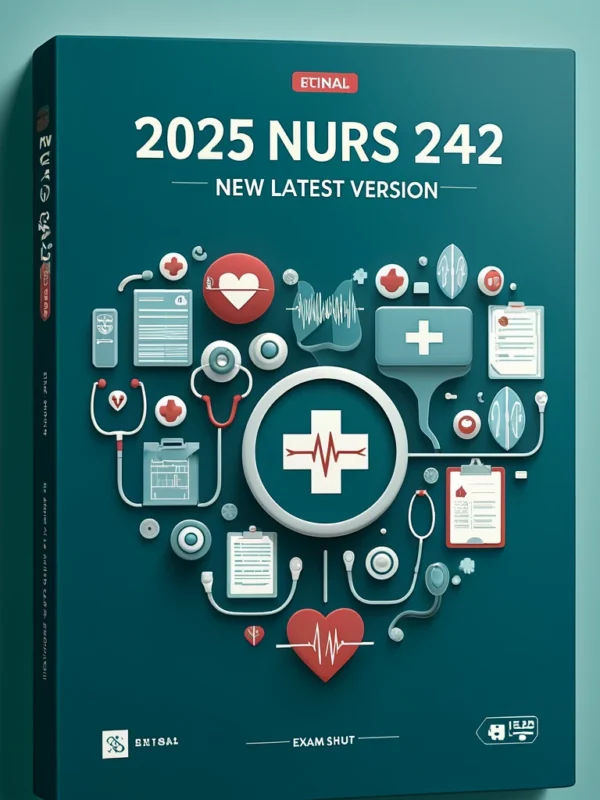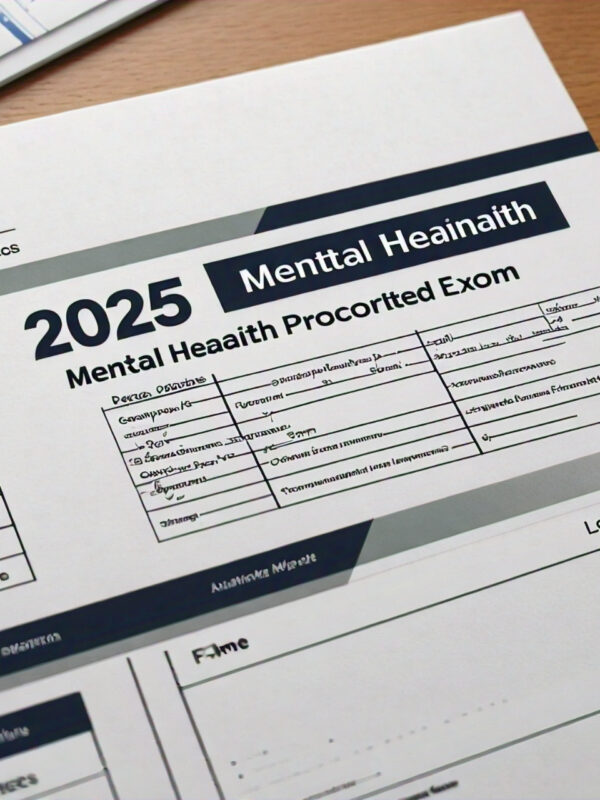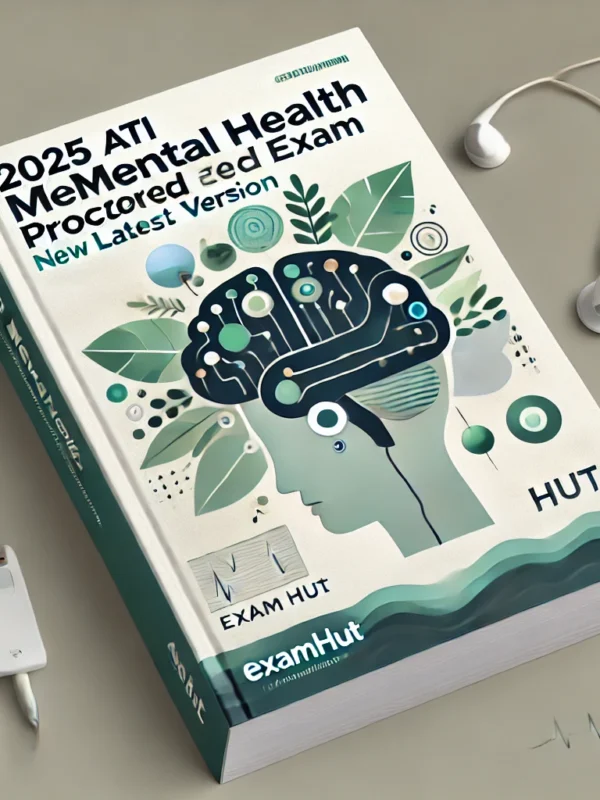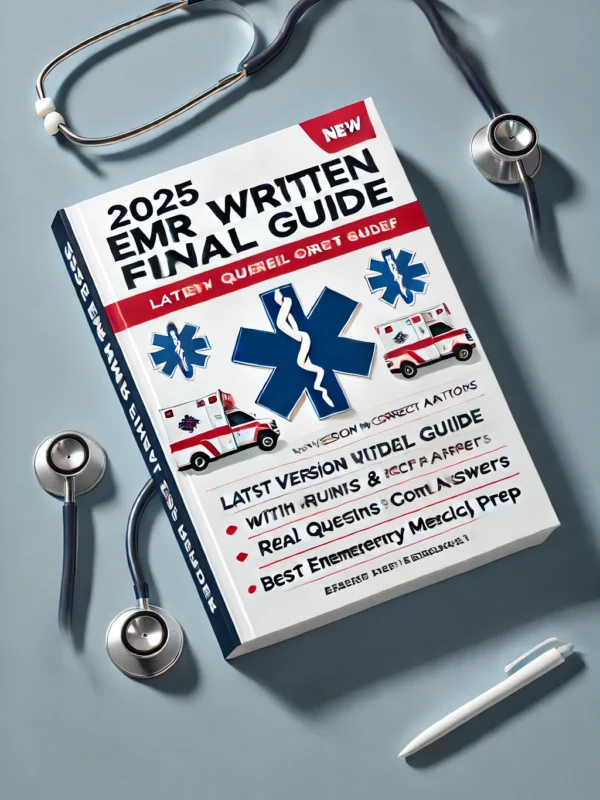Elevate your PMP exam preparation with the Comprehensive PMP Practice Exam for 2025, featuring 120 expert-verified questions and detailed answers to ensure success. Designed for 2025 PMP candidates, this practice exam aligns with the latest PMBOK standards, covering all domains—people, process, and business environment. Each of the 120 questions is crafted to reflect the real exam’s complexity, including scenario-based and knowledge-based formats, with detailed answers providing in-depth explanations to enhance your understanding of topics like stakeholder management, scheduling, and hybrid methodologies. Perfect for thorough preparation, this exam helps you build confidence and master the skills needed to pass the PMP certification with ease.
Preview
1. During Project AS’s kickoff phase, the project manager provided training for the
entire team regarding the specifics of the company operations that the project
supports. A year later, project productivity is suffering because members who were
added later do NOT have the same level of understanding. How should the project
respond to this challenge?
a. Tell the newer team members to ask for help from the long-term members when they run
into things they do NOT understand.
b. Ask current team members to provide training and support, and hold a second kick-off
meeting for new team members. (Correct Answer)
c. Add new members who have the relevant experience, reassign the newer team
members, and log turnover issues in the lessons learned register.
d. Recognize that this is a natural project progression and revise the schedule to allow for
the slight decrease in productivity.
Rationale: Holding a second kick-off meeting and providing training ensures that new
members gain the same level of understanding as the original team. This promotes team
alignment and maintains productivity.
2. During the execution of a project, a key team member is concerned with the overall
approach documented in the project management plan. The member surprises the
project with negative comments about the approach during a weekly status meeting.
How should the project address the team member’s concerns?
a. Continue with the meeting, and ensure that the concerns are added to the risk register
after the meeting is finished.
b. Continue with the scheduled agenda items after reminding the team member of
expected meeting etiquette. Then, solicit feedback about the etiquette expectations.
c. Remember that a project should NOT go forward when key team members are in
disagreement. Use the meeting to discuss the member’s concerns.
d. Make a short comment to acknowledge the team member’s concerns, continue with the
meeting, and meet with the member in private to discuss their concerns. (Correct Answer)
Rationale: Acknowledging concerns without disrupting the meeting maintains
professionalism while allowing a private discussion later to address the issues
constructively.
3. A project manager is working on multiple projects. One project has new team
members and is in its early stages. The other projects are in various states of
execution. How can the project manager develop the new project team over the next
few weeks?
a. Help the team members create a set of agreed rules for working, or social contract, that
encourages team cohesion. (Correct Answer)
b. Suggest that the team engage in multiple team-building events to normalize the team.
c. Keep the team informed by sending short daily project status updates.
d. Engage in face-to-face personal conversations with each team member to build
relationships.
Rationale: Establishing ground rules and a social contract fosters collaboration and sets
expectations for team behavior, which is essential for a new team.
entire team regarding the specifics of the company operations that the project
supports. A year later, project productivity is suffering because members who were
added later do NOT have the same level of understanding. How should the project
respond to this challenge?
a. Tell the newer team members to ask for help from the long-term members when they run
into things they do NOT understand.
b. Ask current team members to provide training and support, and hold a second kick-off
meeting for new team members. (Correct Answer)
c. Add new members who have the relevant experience, reassign the newer team
members, and log turnover issues in the lessons learned register.
d. Recognize that this is a natural project progression and revise the schedule to allow for
the slight decrease in productivity.
Rationale: Holding a second kick-off meeting and providing training ensures that new
members gain the same level of understanding as the original team. This promotes team
alignment and maintains productivity.
2. During the execution of a project, a key team member is concerned with the overall
approach documented in the project management plan. The member surprises the
project with negative comments about the approach during a weekly status meeting.
How should the project address the team member’s concerns?
a. Continue with the meeting, and ensure that the concerns are added to the risk register
after the meeting is finished.
b. Continue with the scheduled agenda items after reminding the team member of
expected meeting etiquette. Then, solicit feedback about the etiquette expectations.
c. Remember that a project should NOT go forward when key team members are in
disagreement. Use the meeting to discuss the member’s concerns.
d. Make a short comment to acknowledge the team member’s concerns, continue with the
meeting, and meet with the member in private to discuss their concerns. (Correct Answer)
Rationale: Acknowledging concerns without disrupting the meeting maintains
professionalism while allowing a private discussion later to address the issues
constructively.
3. A project manager is working on multiple projects. One project has new team
members and is in its early stages. The other projects are in various states of
execution. How can the project manager develop the new project team over the next
few weeks?
a. Help the team members create a set of agreed rules for working, or social contract, that
encourages team cohesion. (Correct Answer)
b. Suggest that the team engage in multiple team-building events to normalize the team.
c. Keep the team informed by sending short daily project status updates.
d. Engage in face-to-face personal conversations with each team member to build
relationships.
Rationale: Establishing ground rules and a social contract fosters collaboration and sets
expectations for team behavior, which is essential for a new team.











Reviews
There are no reviews yet.